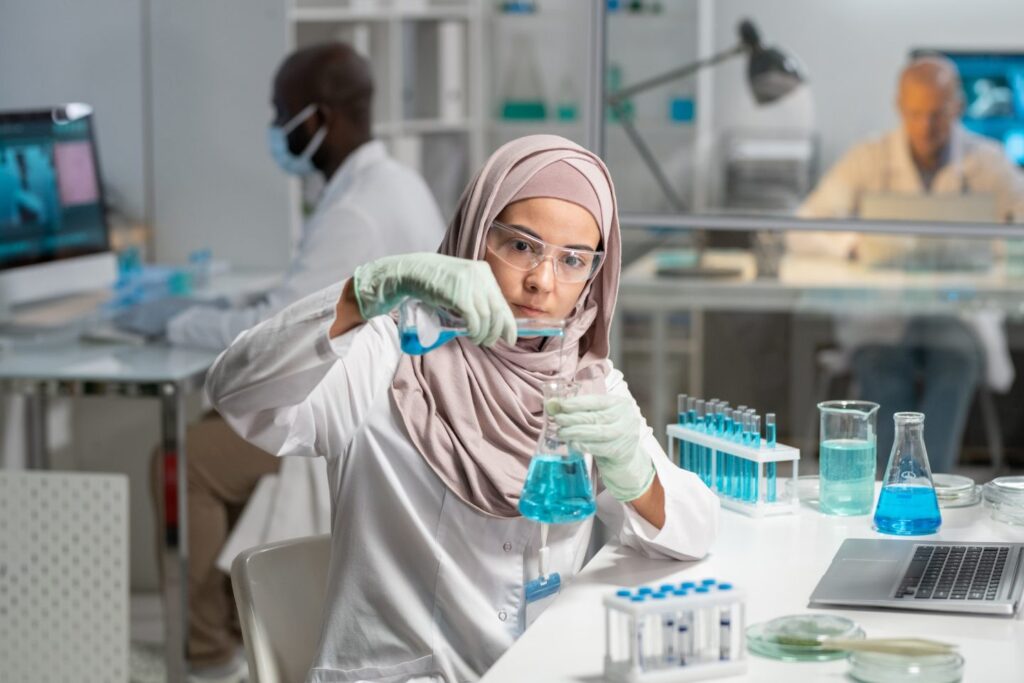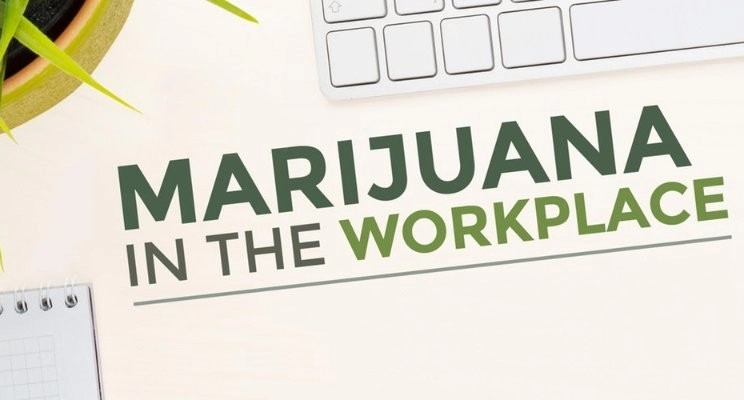What is drug and alcohol testing?
Drug and alcohol tests look at biological samples such as hair, blood, saliva, urine, or blood to determine whether someone is using legal or illegal drugs or alcohol. A few important things to know about drug and drinking tests:
• Why and What Kinds:
- Screening before hiring: Before hiring someone, employers often require a drug test. It helps keep the workplace safe and drug-free.
- Random or Regular Testing: Employers can randomly or regularly test current workers for drugs.
- Safety at Work: When individuals suspect drug use due to signs observed at work or following an accident, they undergo drug testing.
- Monitoring Substance Use Disorders: Alcohol and substance use disorder programs use drug testing to ensure that participants are adhering to their treatment plans, maintaining sobriety, and identifying relapses early.
- Legal and medical tests: They serve as evidence in child abuse cases, DUI investigations, and medical diagnoses such as potential overdoses.
- Drugs that are often tested:
Adrenergic drugs
Using cocaine
Smoking pot
Odd drugs
PCP
• Limitations: A single drug test can’t tell you how often or how much someone uses drugs.
The body can contain different drugs at different times.
Urine drug testing (UDT) is the most common method.
Remember, drug tests serve a variety of purposes, including workplace safety and monitoring the effectiveness of treatment. It’s important to stay safe and healthy in many situations.
How can someone prepare for a drug test?
To get ready for a drug test, you need to pay close attention to details and follow certain rules. To help you get ready, here are some steps:
• Stay hydrated: In the days before the test, drink a lot of water. Drinking enough water can aid in the removal of toxins and reduce the concentration of chemicals in your urine.
• Don’t drink or use drugs: During the testing period, don’t use any drugs or alcohol. The longer you don’t do it, the more likely it is that you will pass the test.
• Check the medications: Some medicines can produce false results. Talk to your doctor or pharmacist to make sure that any medicines they have recommended won’t affect the results of the test.
Concerns about diet:
- Stay away from foods that are high in fat. THC, which is weed’s active ingredient, dissolves in fat. High-fat meals can introduce THC into your system.Limiting sugar and caffeine is important because they can alter test results.
- Exercise a little: Being active can help drugs leave the body faster. On the other hand, intense exercise right before the test might briefly raise the levels of drug metabolites in the urine.
When matters:
Most often, urine tests are used. To be sure, get a sample of urine from midstream.
• Hair Tests: The speed at which hair grows alters the detection window. If you can help it, don’t cut your hair right before the test.
• Saliva tests: find out about recent use (one to two days ago). Before the test, make sure you rinse your mouth out well.
• Blood tests: quick discovery. There’s no special preparation needed.
• Know what your rights are: Know your rights when it comes to drug tests. In some legal or work cases, you need to give informed consent.
What is the purpose of drug and alcohol testing?
In many situations, drug and alcohol testing is critical because:
- Safety at Work and Productivity: Pre-Employment Screening: Employers test potential employees for drug use to ensure the workplace is safe.
- Random or regular testing: Regular testing helps maintain the workplace’s safety and productivity.
- Post-Incident Testing: Testing helps find out if drug use played a role in an accident or incident after the fact.
- Monitoring drug use disorders: Drug testing aids in identifying, treating, and monitoring individuals with drug and alcohol use disorders.
It helps keep track of treatment compliance, abstinence, and early identification of relapse. - Medical and Legal Testing: Medical Diagnostics: Drug testing helps find the cause of symptoms or a possible drug overdose or poisoning.
- Legal Purposes: Testing is necessary to gather proof in criminal cases, look into child abuse, and figure out if someone is impaired (for example, in DUI cases).
- Promoting healthy Workplaces: Regular testing makes workplaces healthy by discouraging drug use during work hours.
It protects workers’ health and helps them get better.
What are the benefits of drug and alcohol testing?
In many important ways, drug and alcohol testing programs are very helpful for both companies and their workers. Let’s look at these benefits:
• Makes the workplace safer: drug checking at work makes the workplace a lot safer. A drug-free workplace lowers the risk of accidents and injuries, especially in jobs that depend on safety, like working with dangerous chemicals, heavy machines, or cars.
Safer workplaces reduce liability and improve the company’s public image.
Making people feel safer makes them more effective. When workers are safe, they work harder. Companies that have comprehensive drug testing programs always say that their employees do a better job and are happier with their jobs.
Less accidents result in increased productivity overall.
Before hiring, drug testing can help employers avoid hiring people who use drugs. Some employers think that drug testing before hiring is an unnecessary cost, but it is important. Catching drug users before they join the company prevents future problems.
Taking care of drug troubles on the job can be expensive and cause problems.
Having a drug-free workplace makes people happier and more inclined to work for the company. Workers like knowing that their boss cares about their safety and well-being.
Taking action against drug abuse is good for both the company’s image and its morale.
• Minimizes the Negative Impact of Drug Use on Work Performance: Drug use can lead to a decrease in productivity, an increase in absences, and poor discipline.
Regular testing helps keep the workplace healthy by making sure that coworkers are not affected.
• Legal Compliance and Reputation Protection: Adhering to drug test regulations ensures adherence to the law.
A drug-free environment keeps the company’s name clean and lowers its legal risks.
Workers are less likely to use drugs when they are aware that they will undergo drug testing.It prevents drug-related events from occurring.
• Lowers the Cost of Hiring: Hiring people who aren’t using drugs lowers the cost of hiring new people and retaining old ones.
A stable staff has a good effect on the business.
• Lower Medical Costs: Avoiding accidents and health issues associated with drug use lowers medical costs.
A healthier staff is beneficial for both the company and the workers.
Conclusion: Making sure people are safe and healthy
Making sure people are safe and healthy
When it comes to the complicated world of work, drug and alcohol testing is a useful tool. It affects more than just following the rules; it has a direct effect on safety, productivity, and staff morale. By promoting drug-free workplaces, companies create places where workers can do their best, accidents are less likely to happen, and their identities stay clean.
As we come to the end of our look at drug and alcohol testing, let us remember its many purposes:
First and foremost, safety. A safer workplace means fewer accidents, lower costs, and better work overall.
• Preventive Steps: Screening before hiring and ongoing tests stop problems




